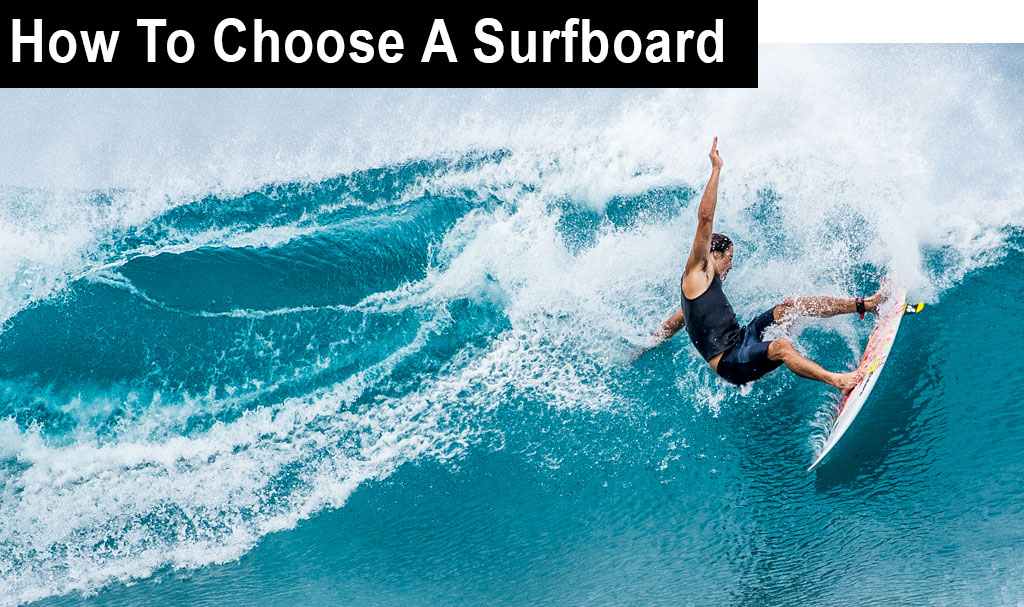
How To Choose A Surfboard – Advanced
How To choose A Surfboard for advanced surfing is different from choosing an Intermediate board. An advanced surfboard is a super refined piece of surfing gear. It may be demanding and unforgiving. It will require you to alter the way you surf. Once mastered though it will make your surfing faster, bigger, more critical.
An advanced surfboard can open up new horizons. It can push you to new levels of surfing. You may compete. This could be against other surfers to stand out at your local break. Or to progress to professional surfing and the World Surf League.
The last part of a three part series, this article is about choosing your Advanced Surfboard. The other articles in this series are here: How to Choose A Surfboard – Beginner, How to Choose a Surfboard – Intermediate.
The Right Approach
Will riding Griffin Colapinto’s board help you do manoeuvres like this? The board is like a race car. You are the engine that provides the energy to make it go. It’s not just the board. Image courtesy Creatures of Leisure
Your Advanced surfboard is like a highly tuned race car with you as the engine. So it should closely match you. Your physique, fitness, wave reading and surf intuition are what make your advanced board perform.
Pro surfers get master shapers to make their Advanced surfboards. These dimensions hand written on the board, along with ‘For Michel’ indicate this is a custom board for Pro surfer Michel Bourez, Future Fins Team rider
It will have the right volume, in the right places, with rocker, outline and bottom shape blending into a complete performance package. Most Pro surfers get custom boards where an expert shaper tailors the board, in fact a series of boards, specifically to them.
Will any board on the rack suit you? Having the most hype and highest price is not a guarantee a board is going to perform. Trusted advice in store can help you choose the right board
When you first get your Advanced board some attributes may not seem optimal. The board may feel too narrow, under volumed, over rockered, slow, hard to paddle, some or all of these things. It may seem to not go at all.
Using the race car analogy, you’re no longer in a comfortable sedan. So your approach is to make your race car perform.
Advanced Board Roadmap
The World Surf League, WSL, has the details of its Athletes available including weight and height. So you can find a surfer around your body type and check what board they’re riding. The huge number of videos the WSL has available will show you how they ride the board providing a roadmap for your Advanced surfing. Image courtesy of the WSL
The World Surf League provides great material on Pro surfers. Their physiques, weight and what they’re riding. You can see from the wealth of videos how they perform across a world of differing surf conditions.
So one approach is to find a Pro who is around your physique, whose surfing you like. Examine what they’re riding. A benefit here is that you can see almost exactly what they ride, their board dimensions, even how they set it up with fins. You can see how they surf that board in specific waves.
Check FCS Team Rider Filipe Toledo’s bottom turn. His arm is a few centimetres above the wave face. His board is on rail. He’s charging. If you’re 5’9 and 70kg you could follow Filipe’s roadmap to find the dimensions for your Advanced board
For example do they most consistently drop into a deep or shallow bottom turn. Do they get out on the face then cut back to the power or like to setup a hit on that first section. Have they an air game?
So their performance gives you a roadmap to what to expect on your similar board.
Out of Your Comfort Zone
At the Founders Cup Kelly sitting on his board in his wave pool. Sure this is freshwater so not as much float as seawater, but it’s indicative. Your Advanced board is not optimised for floating or paddling but for on-wave performance and that means being super refined
One thing to take notice of is the volume of the Pro’s Advanced boards in the context of their weight. If you can’t find an exact volume reference there’s another way to find out. Check how low they sit in the water compared to how low you sit in the water on your board.
What’s interesting is that most Pros sit up to their chest in water while most Intermediate surfers will be up to their waists. So this indicates that the Pro boards are lower volume. They are lean and refined which equates to high performance on the wave.
The top board is a Superbrand Blackout, designed specifically for the Pro tour. It’s refined, rockered. The lower board is a Superbrand Fling, a fun board. It’s thicker throughout. The difference in rocker might be hard to discern but the Blackout has much more rocker curve in the nose. This helps the board carve into steep faces but is not an aid to paddling. Look how much lower the entry of the Fling is, with more volume and thickness, making for easy paddling
Also what might be harder to discern is the rocker of their boards. The amount of curve. The more curve in the right places makes your board more carving in the wave. So you can do bigger and better manoeuvres. More rocker will have less tendency to slide out giving you a great range of control across varied wave sections. The greater rocker curve of your Advanced board fits better in the curve of the wave.
So what’s the implications?
Lower Volume High Rocker Board
Where is Kolohe Andino taking off on this wave? Out on the shoulder? No he’s taking off under the lip. By their nature Advanced boards require the most wave power to perform. So your wave setup, paddling, takeoff position and manoeuvre-timing all will need to change with your Advanced board
This type of low volume high rocker board is harder to paddle so you have to put in more paddling energy. It’s not designed for paddling out on the flatter part of the wave shoulder where it’s easy to take off. It’s designed to takeoff at the critical pitching part of the wave. So you’ll have to change your takeoff position.
It also sacrifices forgiveness to give you performance. The rails are finer. They’re designed to give a big response to your input. Push too hard and they’ll catch or sink. Miss-time your man0euvre on a section and you might stall or get pitched.
Advanced boards are designed to be super responsive so as to maximise your input. Here you can see Clay Marzo on his signature Superbrand Mad Cat Pro board going crazy
This means you have to alter your surfing. A refined Advanced board is a challenge.
Rail To Rail
World Champion Steph Gilmore. Note you can clearly see the bottom of her board indicative it’s on rail as she does her bottom turn
Rail to rail surfing is a defining feature of advanced surfing that you have to build into your repetoire.
Advanced boards are fastest with only their rail in the water. As an advanced surfer you should be constantly trying to keep your board on rail transitioning between manoeuvres. With the Pros look how often you see the bottom or deck of their boards show towards you. This is an indicator that their opposite rail is in the wave. They are on rail.
Check the trail of Owen Wright’s board on this wave. It’s carving an ‘S’ shape as it goes from the inside right rail to the outside left rail back to the inside rail to hit the lip. Going rail to rail to rail. Rob Machado in the pic below is setting up for the barrel. He not on rail, note you can’t see the bottom or deck of his board as he’s trimming flat on the wave
There are a few manoeuvres, like barrel riding where you may setup with a flat line on the wave. If you look at advanced barrel riding though you’ll see that the surfer often exits the barrel on a different line than they entered. This is indicative of them weighting their rail manoeuvring while barrelled.
So your Advanced board needs to have features that will help you go rail-to-rail. Like rocker, these features might be hard to discern so get the assistance of someone who knows.
To What Standard
The WSL sets the criteria to define advanced surfing. This is the criteria by which the World Champion is chosen. This is a good criteria you can use to judge your progression. Is your Advanced board working for you? John John Florence two time World Champion and Future Fins Team rider
How will you know if you’re surfing better, if your Advanced board is working for you? The World Surf League determines the surfing World Champion. This title is a recognition of performance. So it makes sense to model your advanced surfing on what the WSL considers the best and you can see this in the many competitive heat videos available.
However there is advanced surfing that might not be recognised or rewarded by the WSL.
For example Taj Burrow had an incredible air game before aerial manoeuvres were part of the WSL judging criteria. This was in part made possible by his boards from Greg Webber. Ahead of its time, Taj’s surfing is acknowledged as inspiration for surfers like Dane Reynolds and Kelly Slater.
This is one of Kelly Slater’s boards from around 2005. Note its narrower outline. Below is his Wizard Sleeve model, the same model he won the 2008 Pipeline Masters. Up until that point a board this small, 5’11, wide with a full nose was not considered suitable for that type of bigger powerful wave. From that point this style of board drove Advanced board innovation
Kelly has often gone on his own path with regards to his advanced boards revolutionising the board industry as a whole. First he was on longer narrower boards then changed completely to shorter wider boards. In one of his Pipeline victories he rode a board, a long board with the nose cut off. The model like this was called the Wizard’s Sleeve. This board offered a mix of longerboard rocker and drive with shortboard responsiveness and speed.
So there’s a path as you advance where you can start to optimise your own performance, tweaking or more radically changing your Advanced board design to match your style.
Making A Start
A good way to progress with an Advanced board is to transition through several versions of the same model like this Superbrand MadCat. Keep the dimensions the same but reduce the volume by reducing thickness and refining the rails. In the example above if you’re okay on a 28L+ board go for a 28L board. Then transition to a 27L board but still keep the length at 5’11 1/2″ and width at 19 1/8″. Then transition to 26.5L while maintaining the 5’11 1/2″ x 19 1/8″ dimensions
Start with a transition. Get a Pro model board around the dimensions you are riding now with slightly less volume than your Intermediate board. It should still have volume in the right places for example under your chest and in the rails so they’re fuller, still with some forgiveness. Then with your next board stick with the same model or design at the same dimensions and refine the volume this will automatically reduce the thickness and the rails.
A few iterations updating boards will see you hone in on the right volume. Your paddling will be reduced but your manoeuvrability will be greatly enhanced. Remember your Advanced board is about taking you beyond your comfort zone.
Another aspect is tail width. Kelly rode a lot of rounded pins. John John Florence likes a very tucked in squash tail. A narrower tail provides more bite and control under your back foot. So go for a narrower tail. In addition to the tail template shape there’s the thickness. You don’t want your tail too thick.
Alana Blanchard carving off the top. You can see she’s executed the start of this turn up the face in the sucky part of the wave. A thinner drawn in tail, and the right fins in this case Future Fins, give you the control you need to surf like this. A refined tail is an important part of your Advanced board
The thinner tail gives you control, bite, and responsiveness. It lets you start your turns earlier on the steeper part of the wave. You don’t feel like you’re skating out. You can start your turns without going too far down the face. Watch the Pros and see where they do their bottom turns. Bottom turns are a vital manoeuvre to get right.
Getting critical bottom turns in sooner allows you to utilise more of the wave. You aren’t racing for the shoulder but going top to bottom, rail to rail, putting in big manoeuvres. A thinner refined tail is an important part of your Advanced board.
Quiver
The Pros like to mix it up with different boards. But you never see them ride a full Fish in a WSL comp even when the waves are smaller. So your Advanced board quiver should focus on not radically different board types, but boards optimised for the variety of surf conditions, small or bigger waves
Once you start to progress tradeup your boards that don’t work. Keep your boards that do. Keep your best Intermediate board too as when you have a break from surfing it’ll make it easier to get back to advanced level.
With regards to having a quiver of different board types, interestingly the Pros don’t use Fish boards on Tour even when the waves are small.
Similarly it’s common to hear that you need a StepUp, a longer board for bigger surf. But the Pros don’t really ride long guns except in the Big Wave Tour stuff. In the case of the Pros the step up in board size for bigger waves may be fractional. Riding bigger waves for them is more about the tuning of boards around the size they’re already on.
Owen Wright in Fiji in solid waves on his way to two perfect 10 scores. The waves are reef waves, solid and powerful. The type of wave you’d use a StepUp for. However Owen’s board is 6’4″ only one inch longer than his normal board. Image courtesy WSL
Owen Wright has surfed solid 8-10′ Fiji on a 6’4 1/2″. His normal board size is 6’3″. Josh Kerr, with his standard board size of 5’10”, talks of his 5’8″ as handling up to 8-10′. One aspect of Josh’s board is that it carries the width up to the nose to give good paddling and wave catching. At the tail it narrows and is thinner to hold in on the big powerful waves. Very similar to Kelly’s Wizard Sleeve.
Kolohe Andino pushing hard on his rail has the right board from his quiver to jam in the pocket
As you look at what the Pros are riding it becomes clear one of the reasons they have lots of boards is that they fine tune, finely match their boards to the conditions. So you may want to start to build your Advanced board quiver so you’ve always got a board to perform optimally in varying conditions.
Sure it’s fun to mix it up with a fix, a twin fin, or speciality board. For your Advanced board quiver it’s about building a set of boards with smaller differences matching different surf conditions.
Your Board – How To Choose a Surfboard – Advanced
All it takes is a good board and you. A good surfer on a Superbrand board
Owen Wright mentions having 80 boards he was testing in his loungeroom at one time. It’s common for the Pros to go through hundreds of boards, even in a year. So the path to an Advanced surfboard can be involved and require resource. Alternatively there’s a wealth of new boards on the shop floor you can see, touch, feel, and go through. With the right advice you can start on a Pro style board and have an easy option to tradeup instore speeding your surfing progression.
Getting on the custom-order path is an option too. You get a board specifically made for you which can often help you on the fasttrack. With our expert shapers on hand you can get several customs so you have your quiver ready, for small, daily and bigger surf. You’ll have all bases covered for your Advanced board progression.
Check our other articles in this series-
How To Choose A Surfboard – Beginner
How To Choose A Surfboard – Intermediate

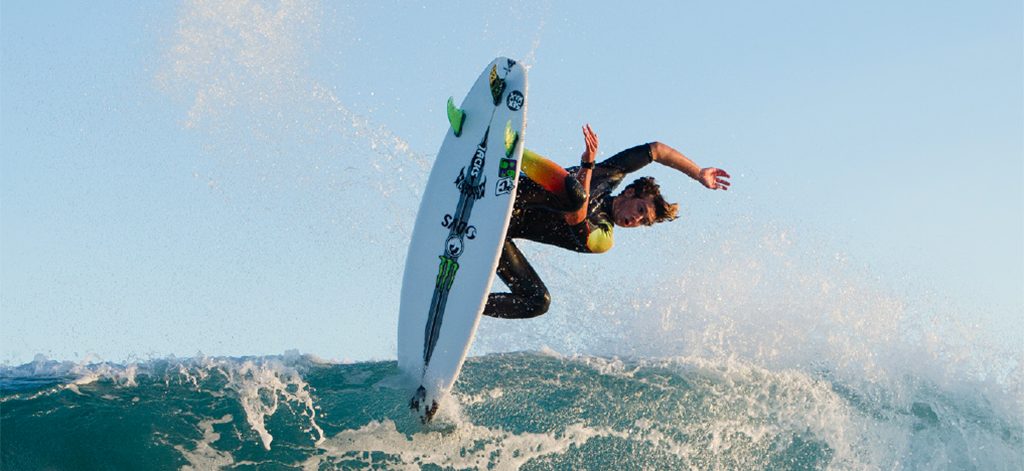
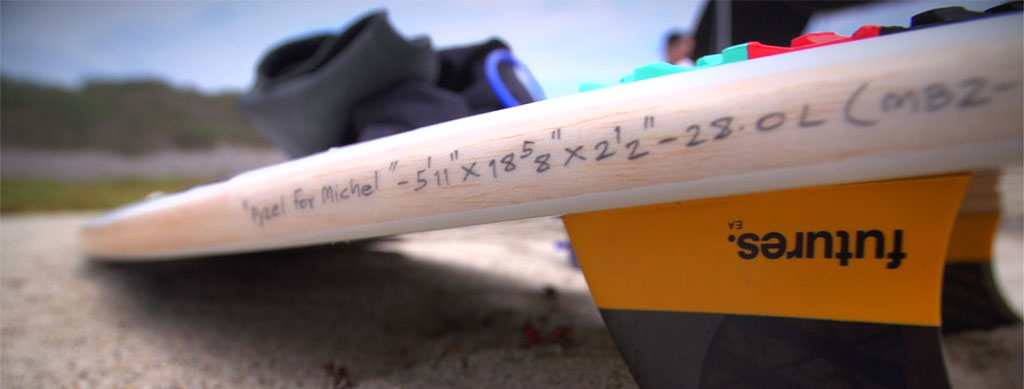
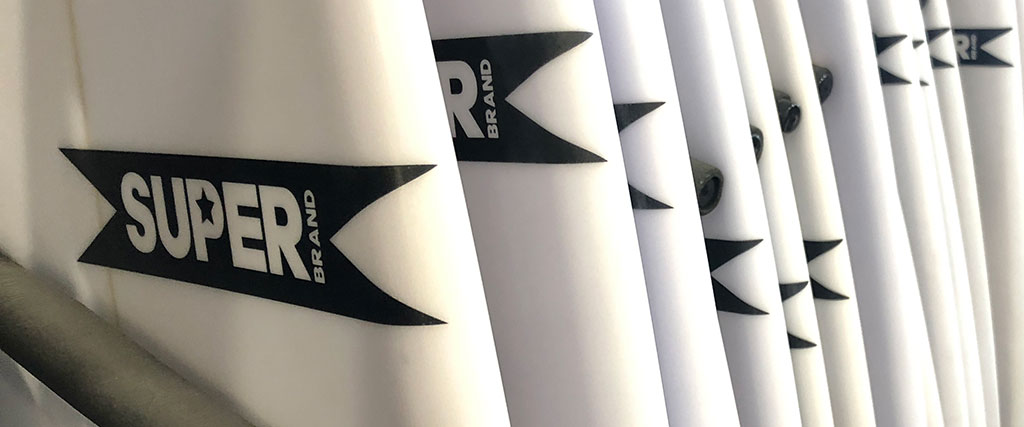

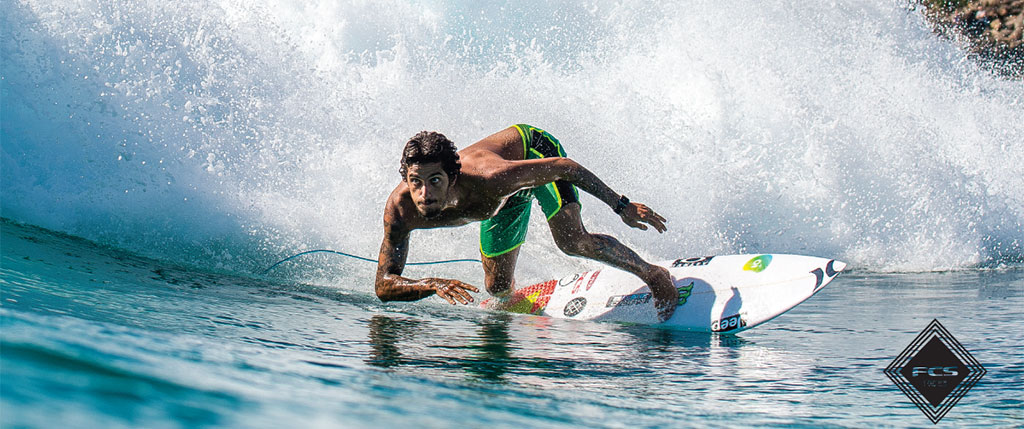
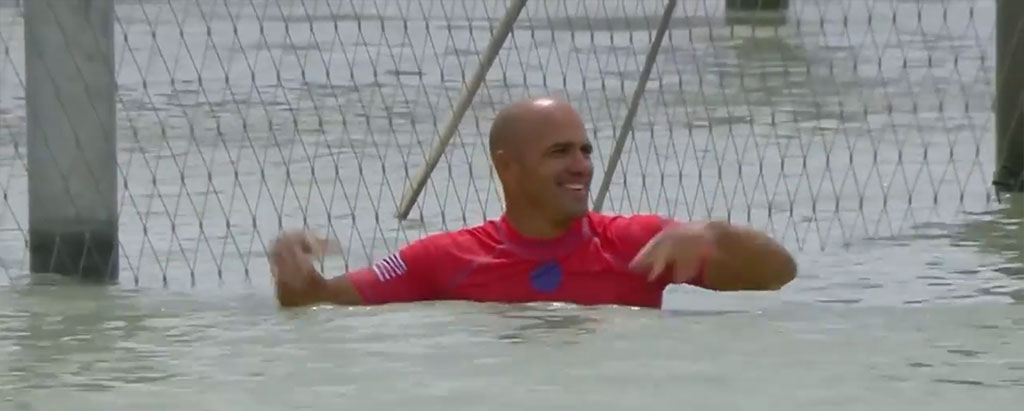

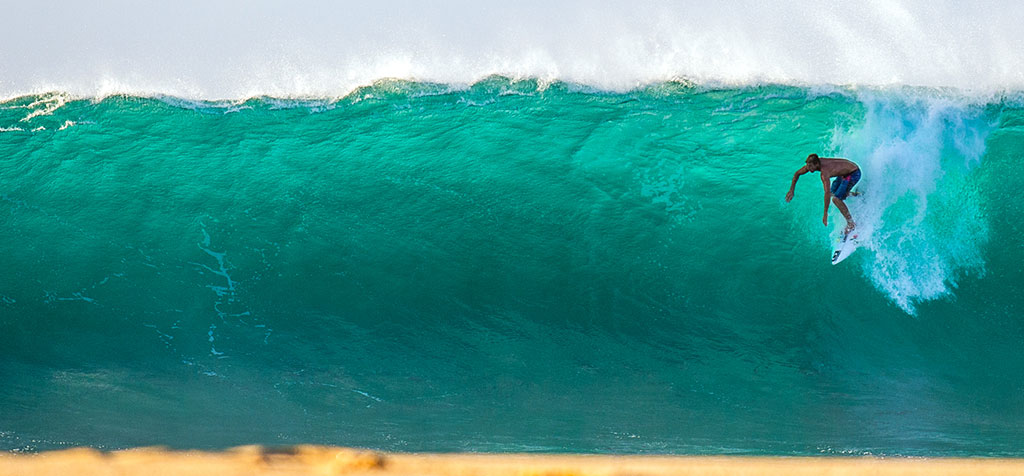
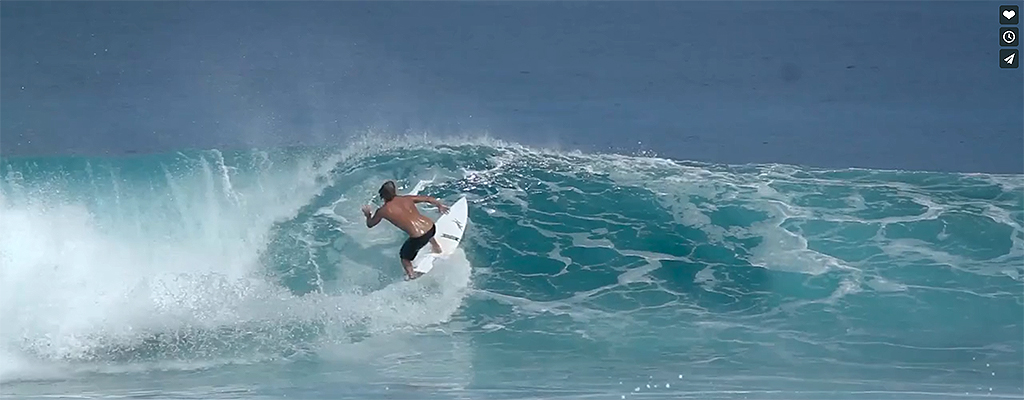
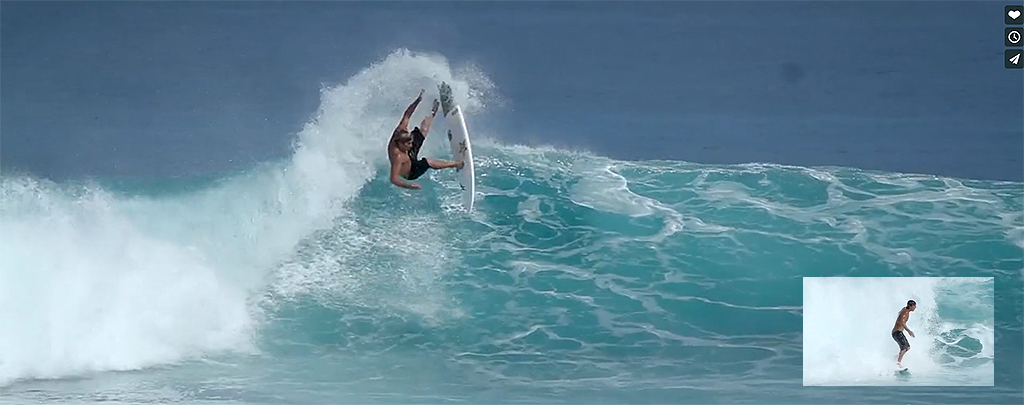
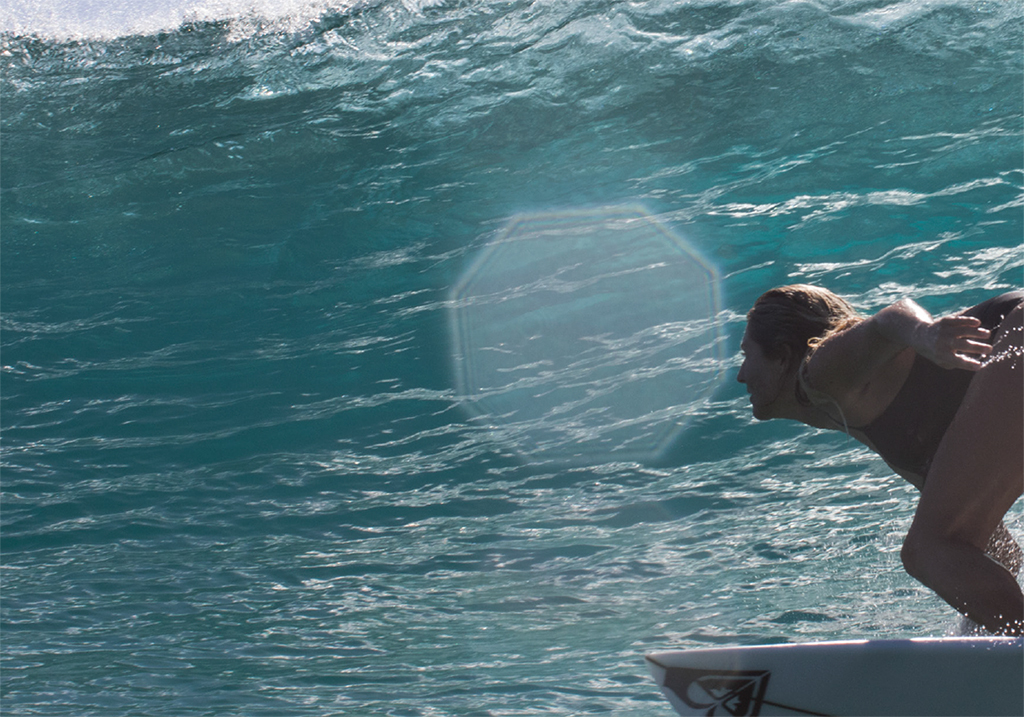
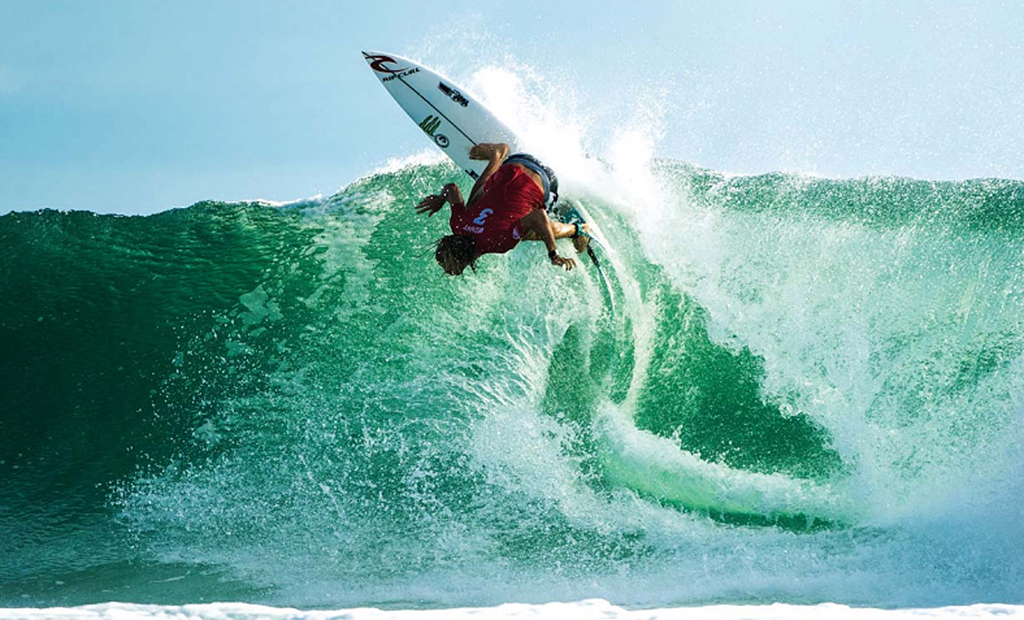
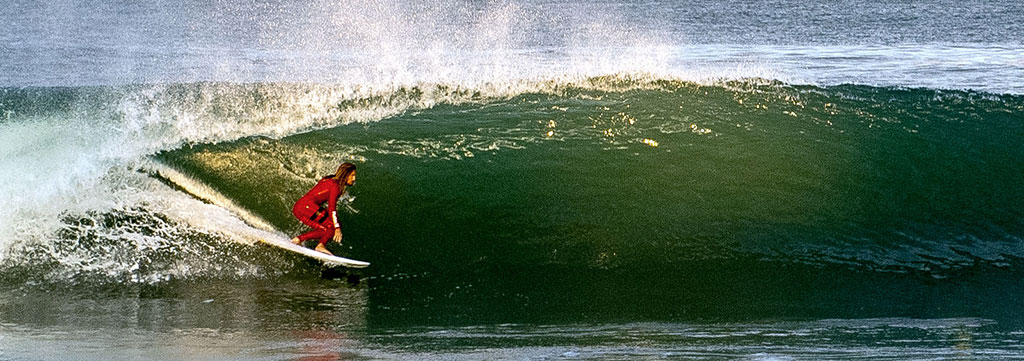
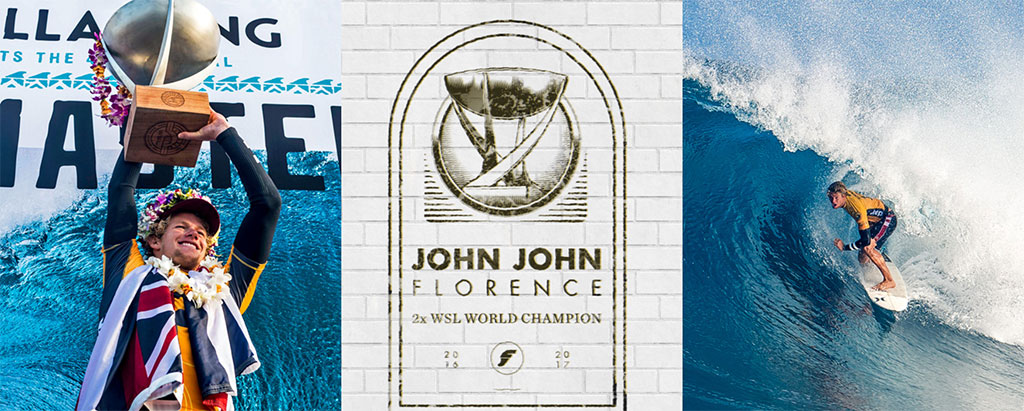
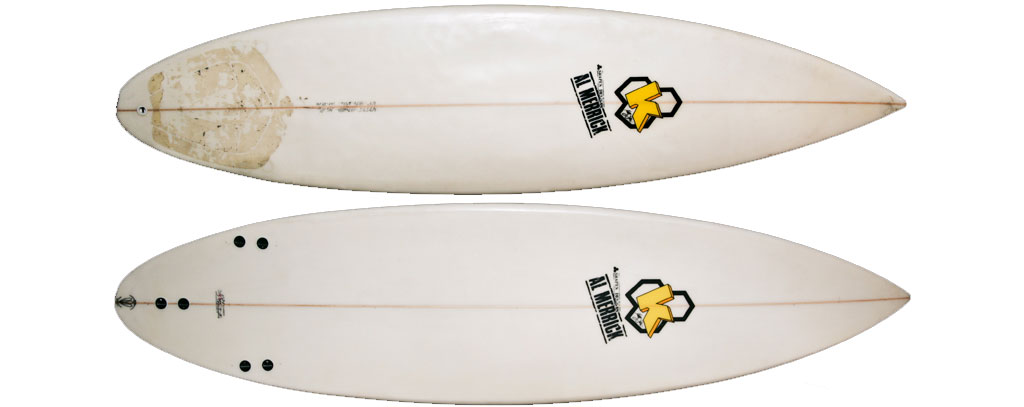
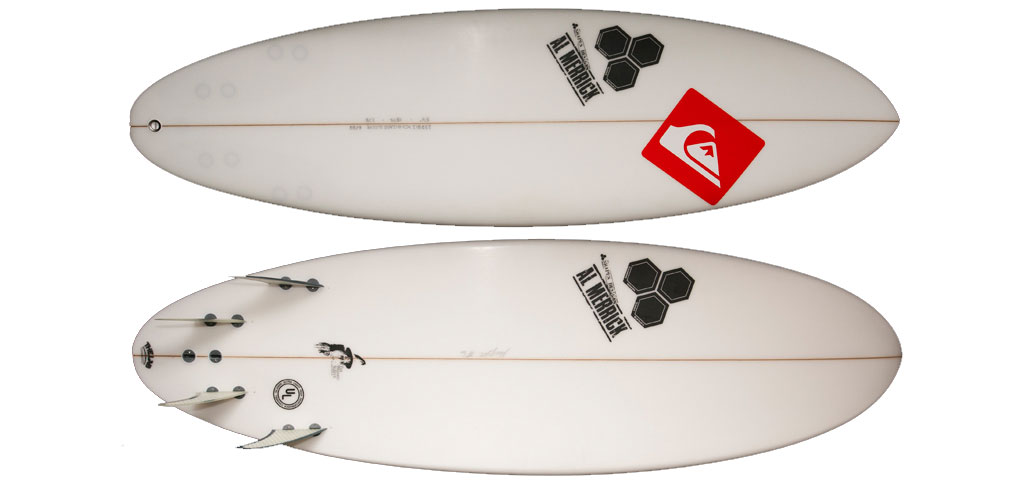
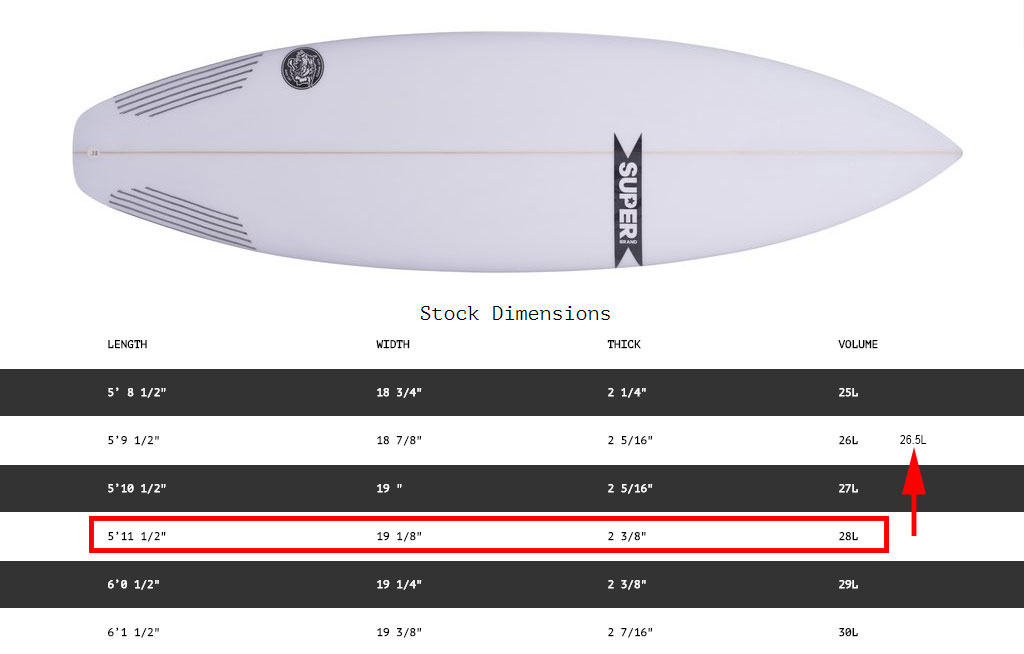
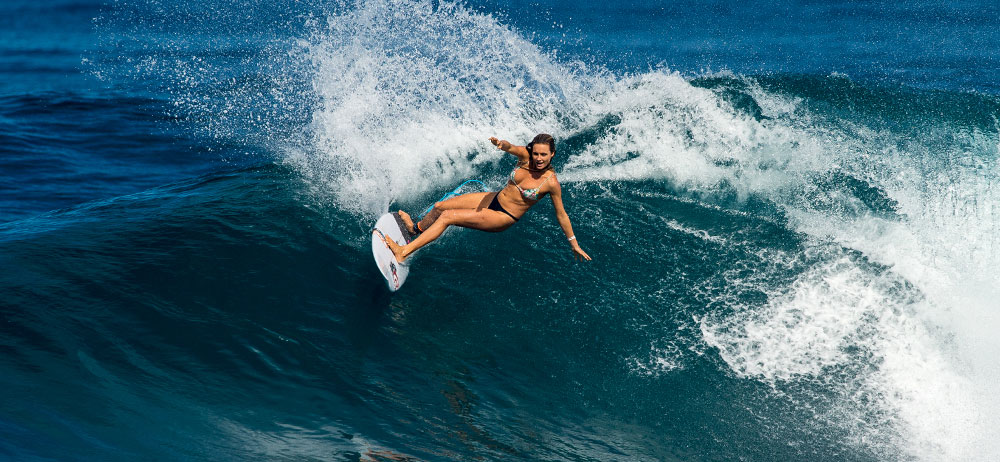

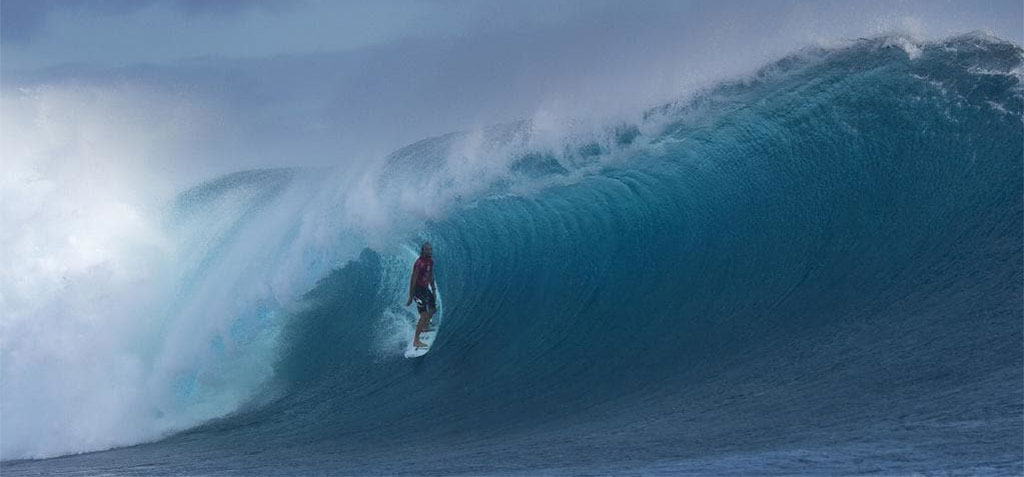
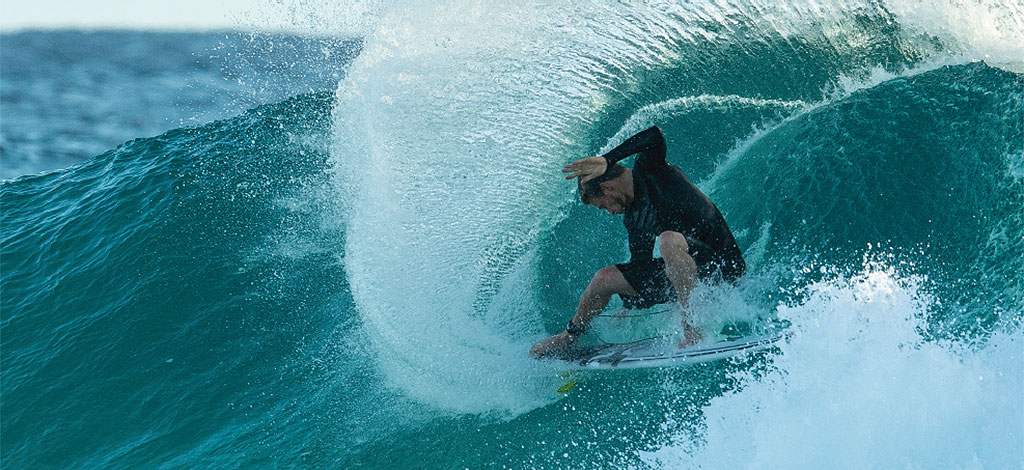
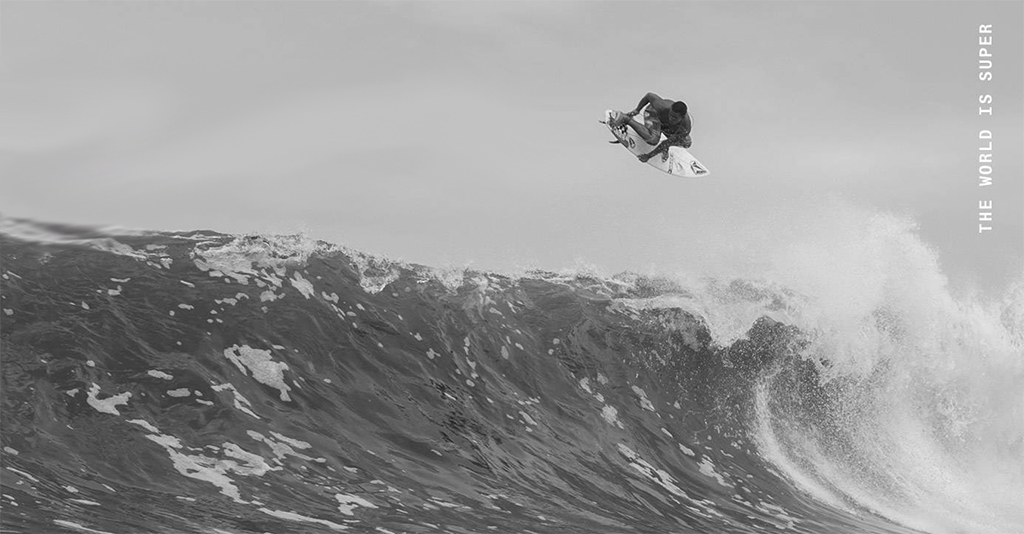
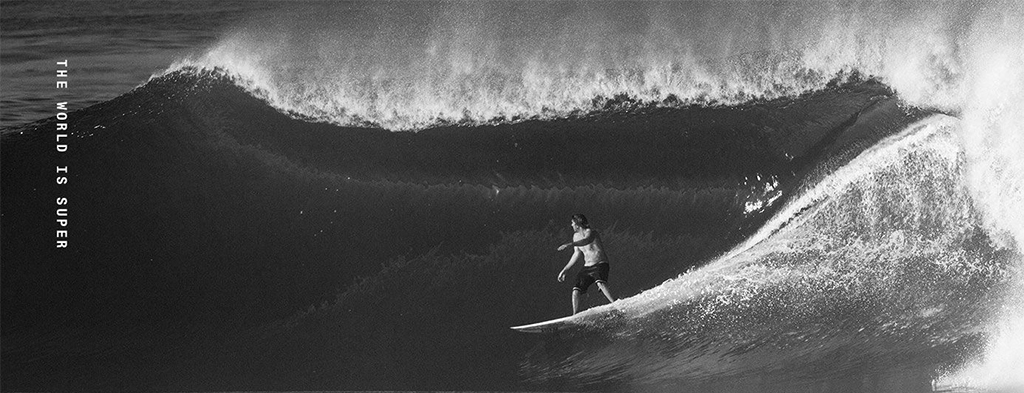


[…] The first part of a three part series, this article is about choosing your Beginner Surfboard. The other articles in this series are here: How to Choose a Surfboard – Intermediate, How to Choose a Surfboard – Advanced. […]